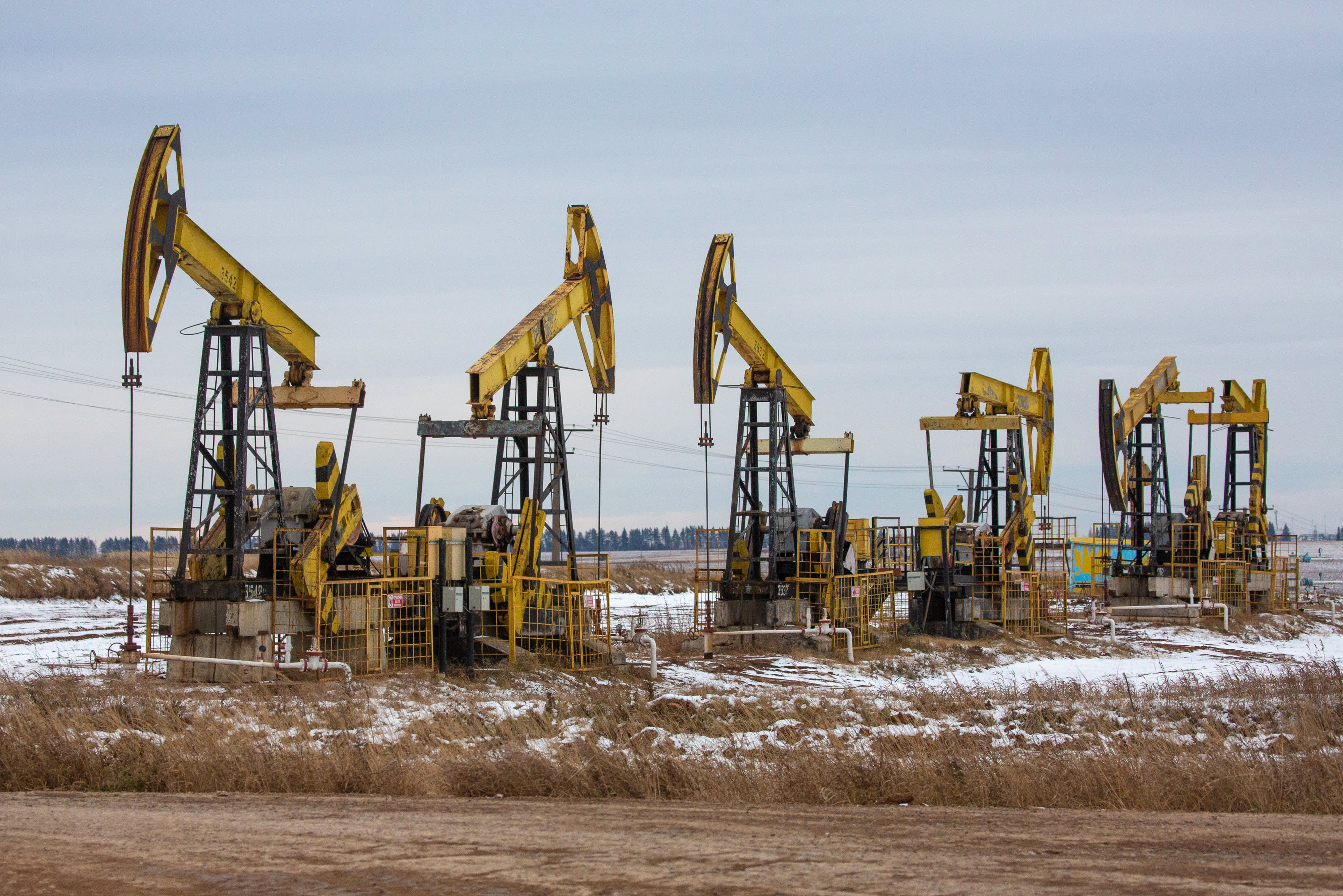Oil pumping jacks, also known as “nodding donkeys” at an oil field of Rosneft Oil Co. near the village of Sokolovka in Udmurtia, Russia on Friday, November 20, 2020 .
Bloomberg | Bloomberg | Getty Images
Oil prices stabilized on Tuesday after falling about 7% in the previous session as part of a broader market pullback driven by concerns about a resurgence of COVID-19 infections, which has just come about when the producers signed a new supply agreement.
Brent crude gained 38 cents, or 0.6%, to $ 69.00 a barrel at 0058 GMT. The US crude contract for August delivery, which expires later Tuesday, rose 49 cents, or 0.7%, to $ 66.91 a barrel. US crude for September delivery rose about 1% to $ 66.99 per barrel.
The massive sell-off, which pushed prices to their lowest in two months, “was largely due to concerns centered on the Delta variant and the macro backdrop rather than a major overhaul of forward-looking oil fundamentals,” said RBC Capital Markets said in a note.
This came after the Organization of the Petroleum Exporting Countries (OPEC) and its allies, known as OPEC +, reached a compromise on Sunday to increase production, but it was more “an unfortunate coincidence rather than a catalyst,” he said. RBC said, noting that stocks fell sharply and bonds rose.
This Delta variant of COVID-19, which is significantly more contagious than previous ones, is now the dominant strain around the world, US officials said on Friday.
It has been detected in around 100 countries around the world and uneven rollouts of immunization programs in many countries are undermining the fight against the virus, raising fears of more lockdowns that would affect demand for petroleum products.
Still, RBC said high-frequency indicators showed restaurant reservations over the weekend in the United States, the world’s largest consumer of oil, were at pre-COVID levels, while domestic flights were at the highest level since the start of the pandemic.

